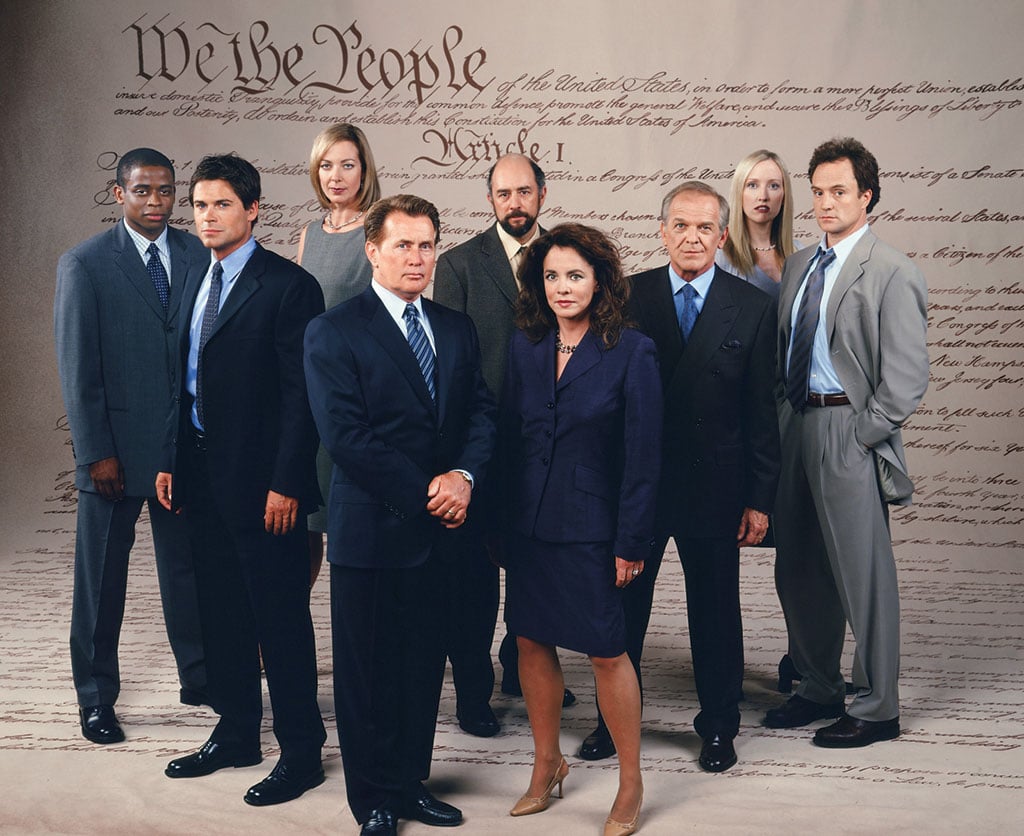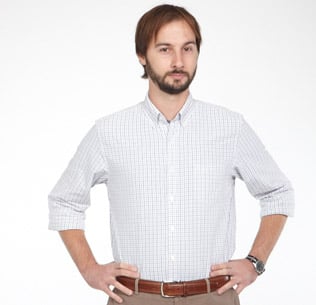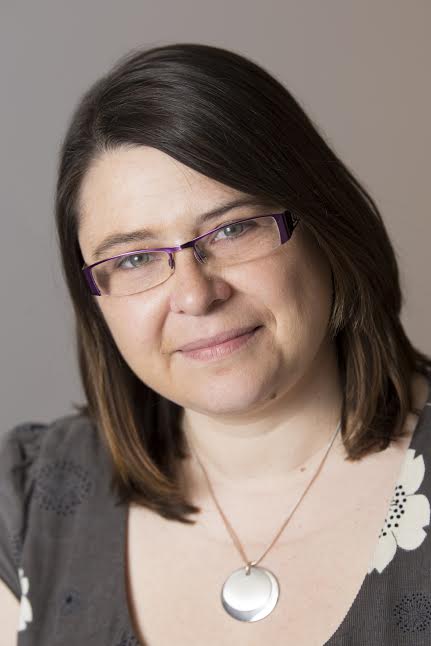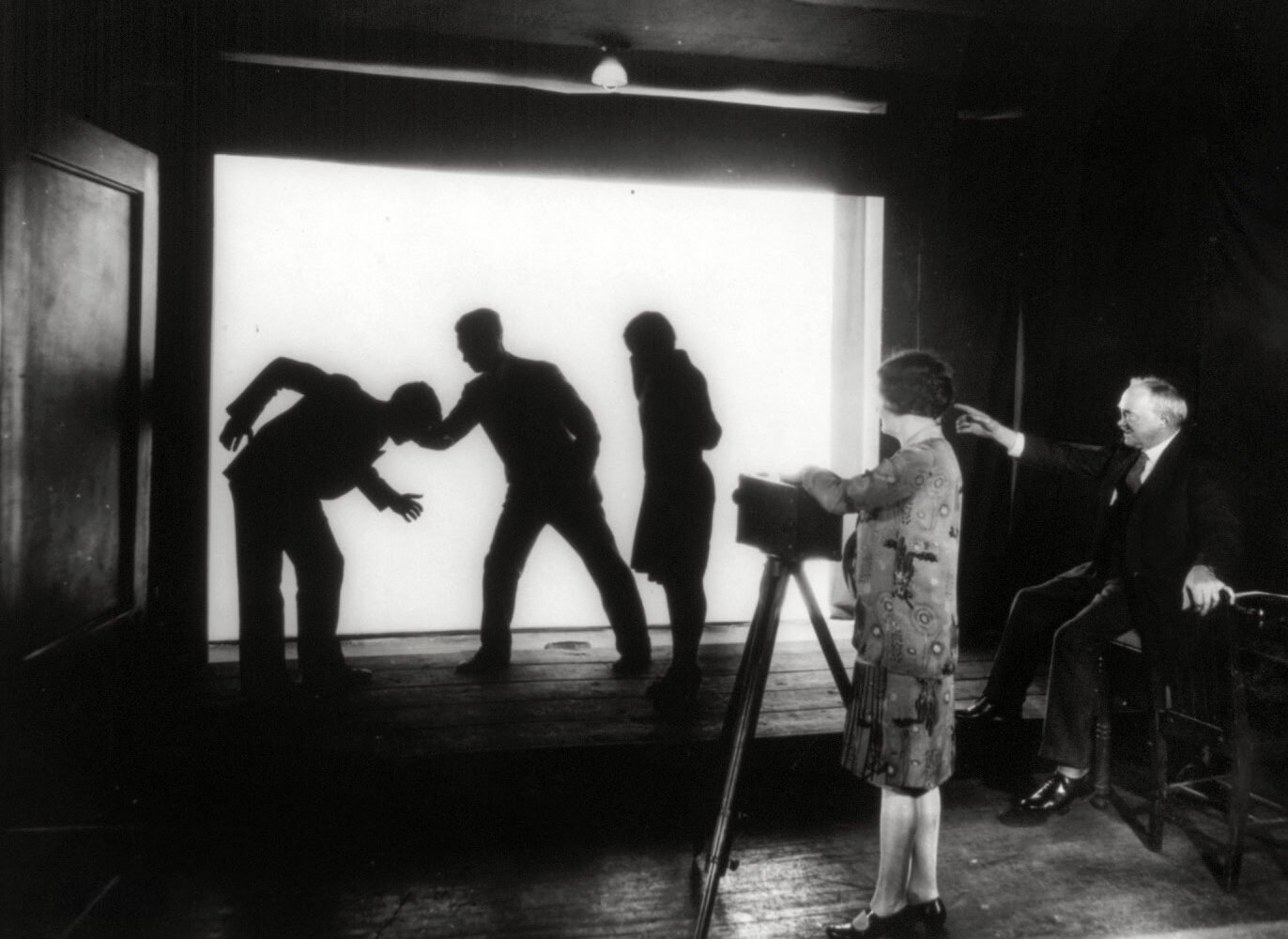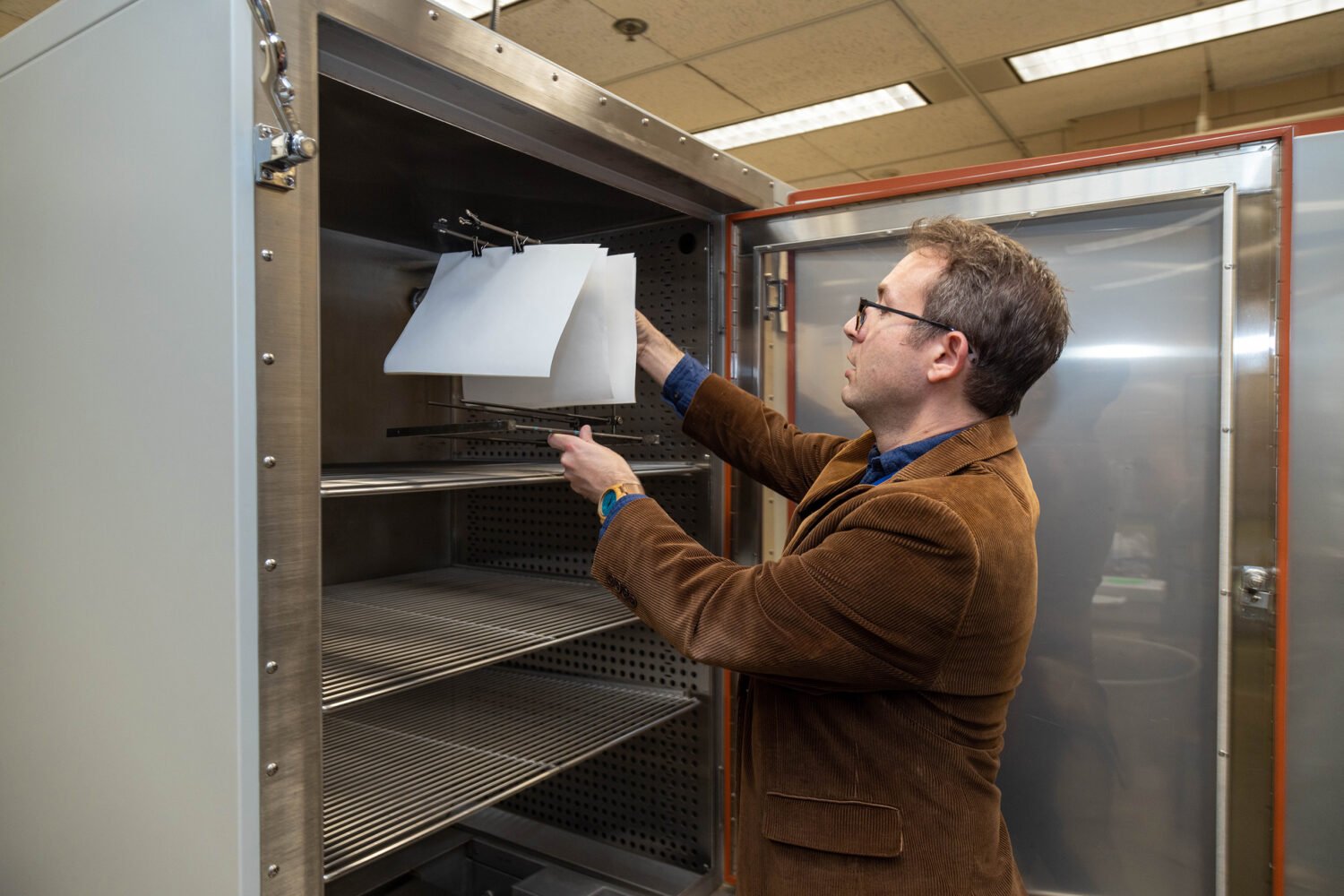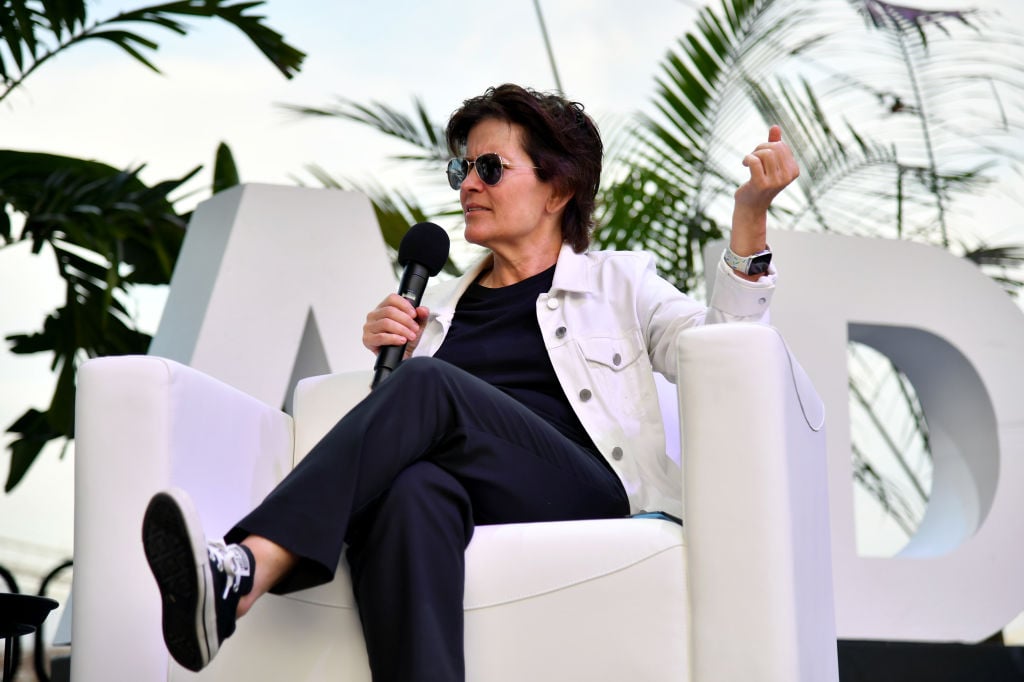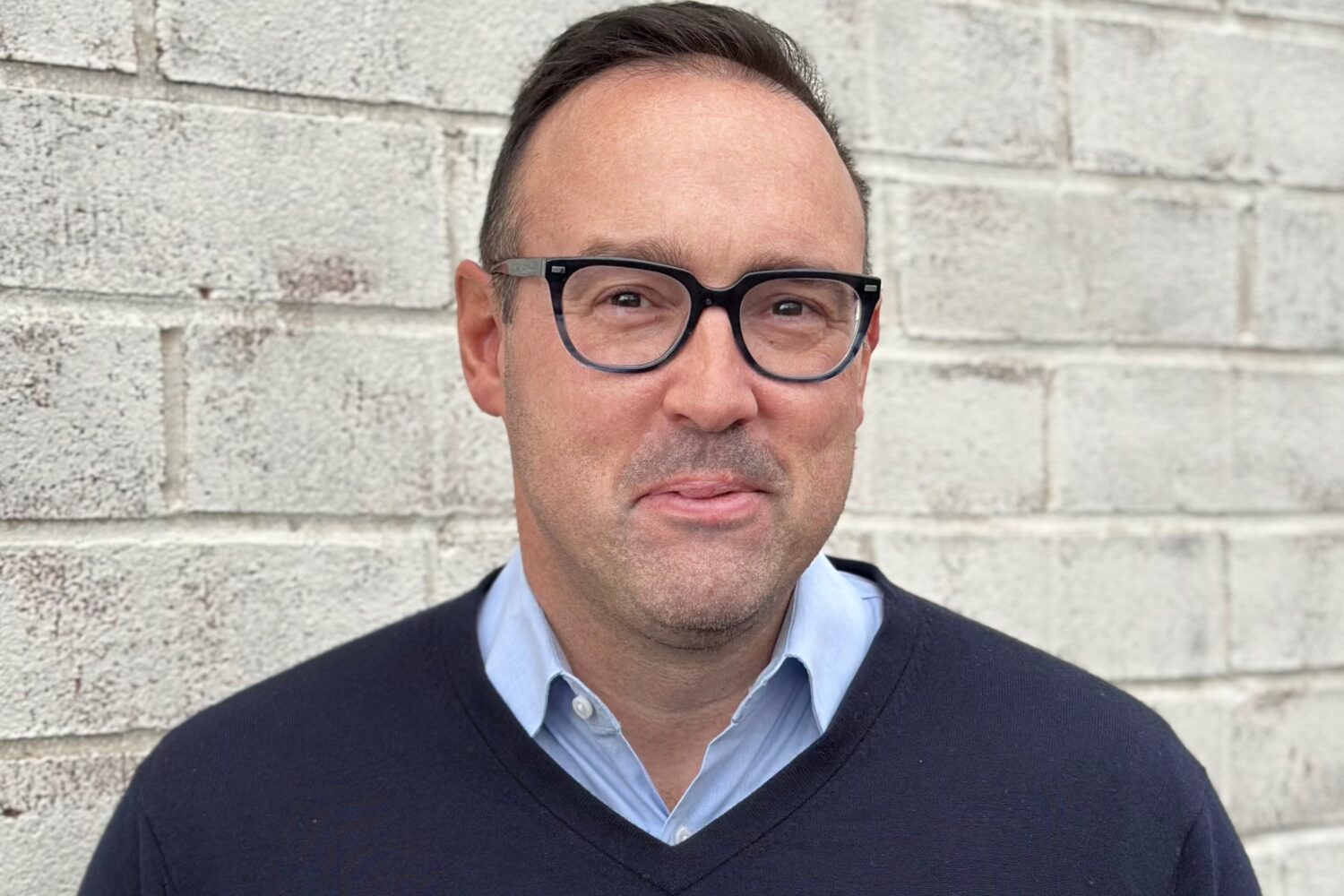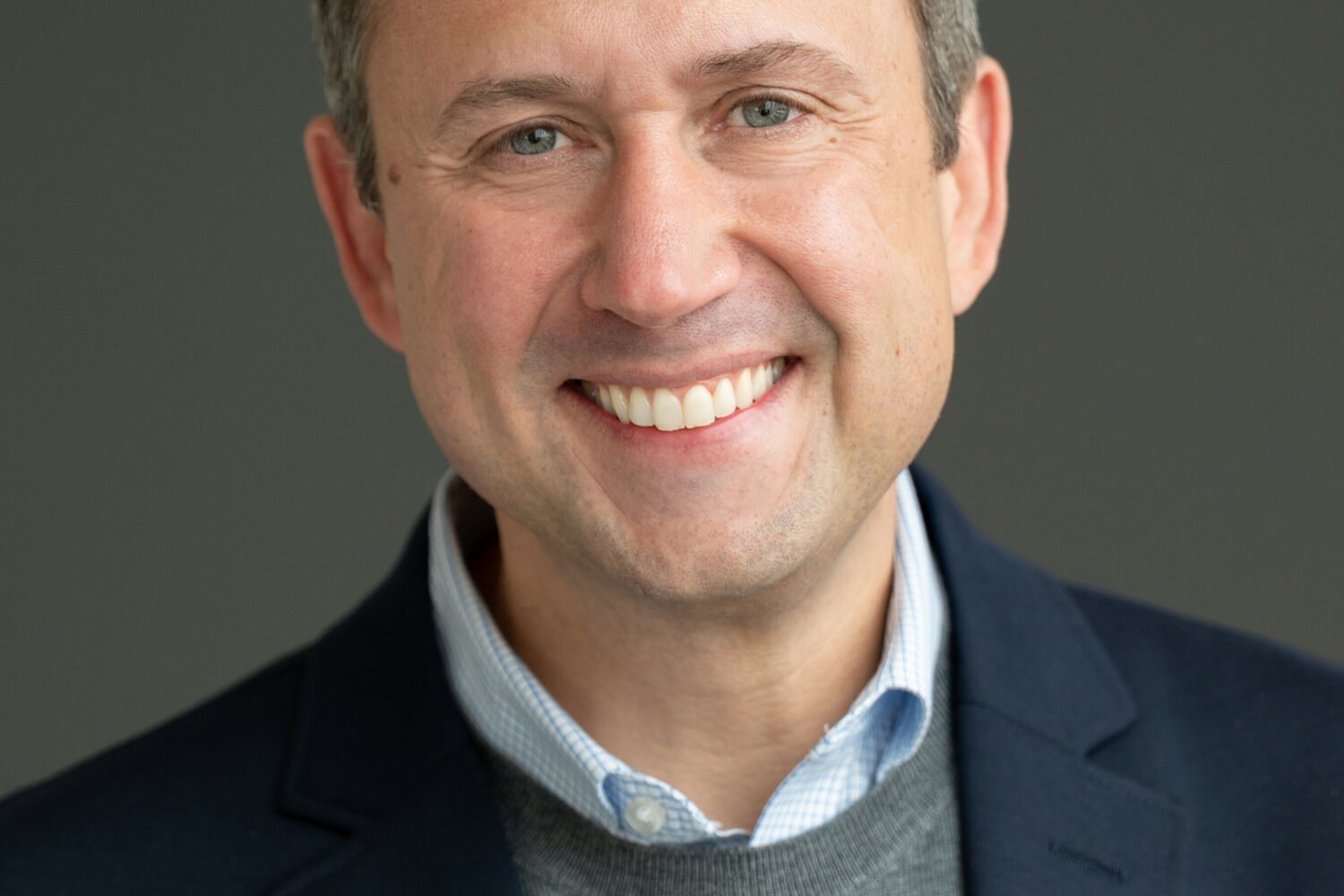The final episode of The West Wing aired ten years ago, capping a seven-season run that redefined how people everywhere saw politics, the presidency, and Washington. A decade later, young aspirants still come to work on Capitol Hill with Aaron Sorkin’s optimism, hoping to encounter the show’s dialogue, characters, and plots. Here’s a look at how the TV series has influenced the way we talk, the clothes we wear, and the shows we’re still watching.
Life Imitates West Wing
Over its seven seasons, The West Wing was unusually prescient. Here are some plot lines that mimicked future real-life events.
West Wing Fashion
White House deputy chief of staff Josh Lyman (Bradley Whitford) cuts a nerdily earnest figure by pairing a suit with his backpack—famous enough to have its own Twitter feed. Many in Washington adopt the look.
Freedom to Web
“The Short List” (11/24/99)
Two years before the Patriot Act passed, Rob Lowe’s Sam Seaborn shoots down a SCOTUS nominee because the judge plays loose with internet privacy. “In a country born on a will to be free, what could be more fundamental than this?” Sam asks.
Obama versus McCain
Seasons 6–7 (2004–06)
Two seasons before Barack Obama and John McCain’s 2008 face-off, Matt Santos (Jimmy Smits), a minority candidate and congressional neophyte, deploys “hope” in speeches while Republican challenger Arnold Vinick (Alan Alda) is a “maverick” senator.
The Big Block of Cheese
In “The Crackpots and These Women” (10/20/99), the White House models a town hall on Andrew Jackson’s public sessions in the White House foyer, around a massive hunk of cheese. The Obama administration later dubs its online forums “Big Block of Cheese Days.”
Daniel Pearl
“Night Five” (2/6/02)
Filmed weeks earlier, this Season 3 episode, about a journalist held hostage in the Congo, aired just five days after Wall Street Journal reporter Daniel Pearl was killed after being kidnapped in Pakistan.
Making a Career in Politics
As a rash of Washington shows followed The West Wing, an elite coterie of actors, writers, and directors have continued to pad their faux-Beltway résumés.
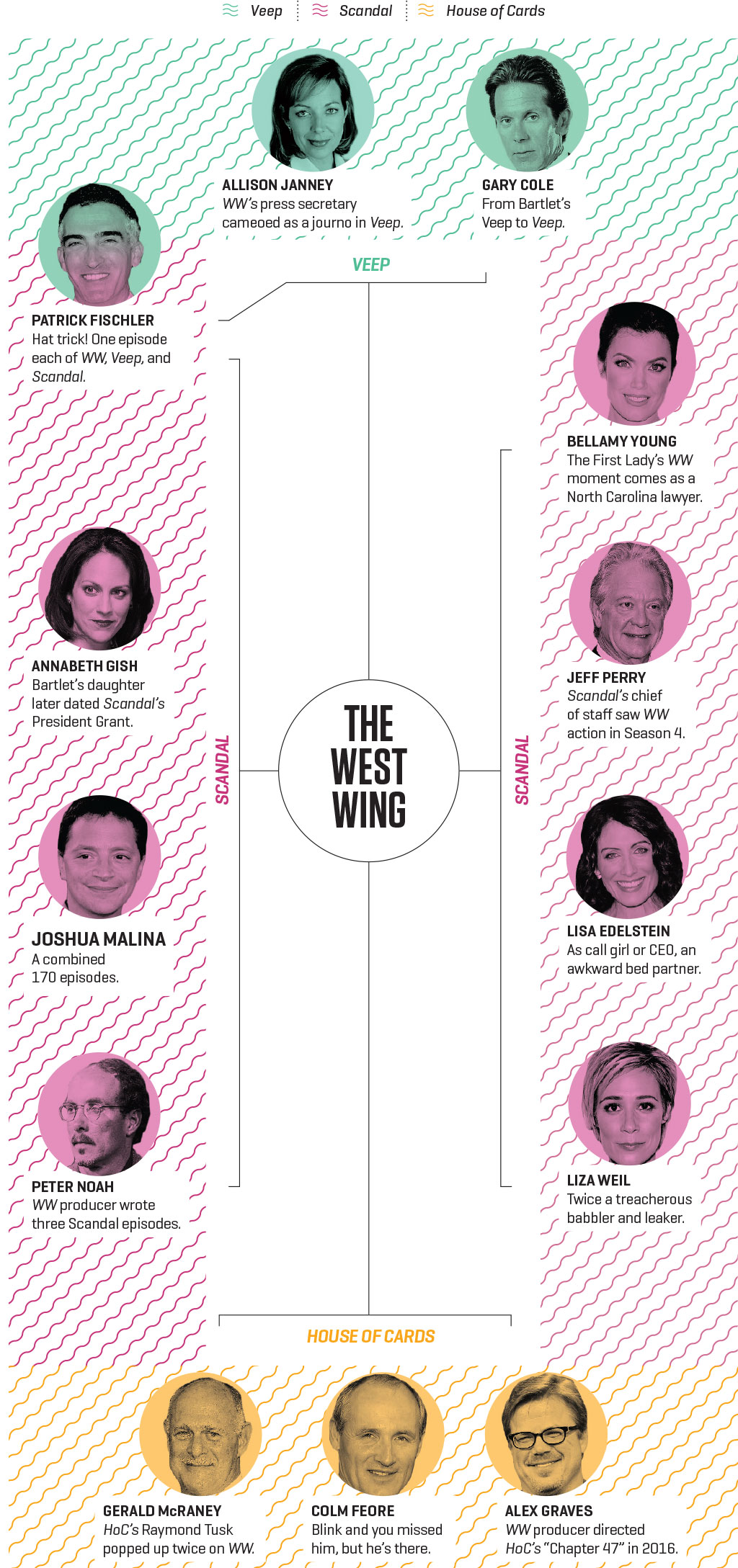
A Lexical Legacy
Terms The West Wing taught us.
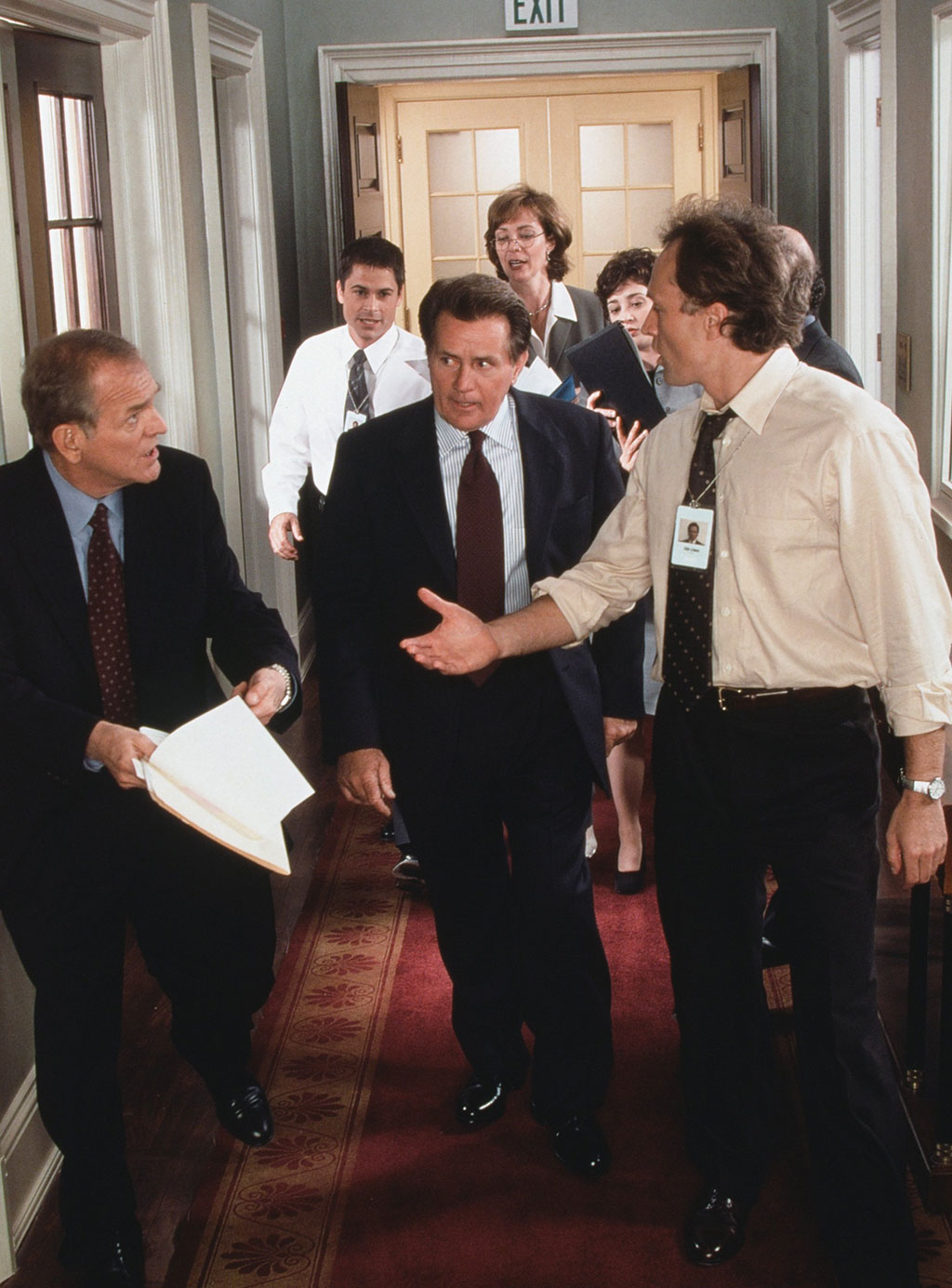
Walk and Talk
A mobile hallway conversation (and joggling tracking shot) that the show became known for, it refers to busy Washingtonians’ propensity to hold a meeting on the go.
First seen in: Episode 2, “Post Hoc, Ergo Propter Hoc” (9/29/99).
“I’ve Got a Thing”
A vague but impressive-sounding excuse to get out of a commitment.
First said in: Episode 5, “The Crackpots and These Women” (10/20/99).
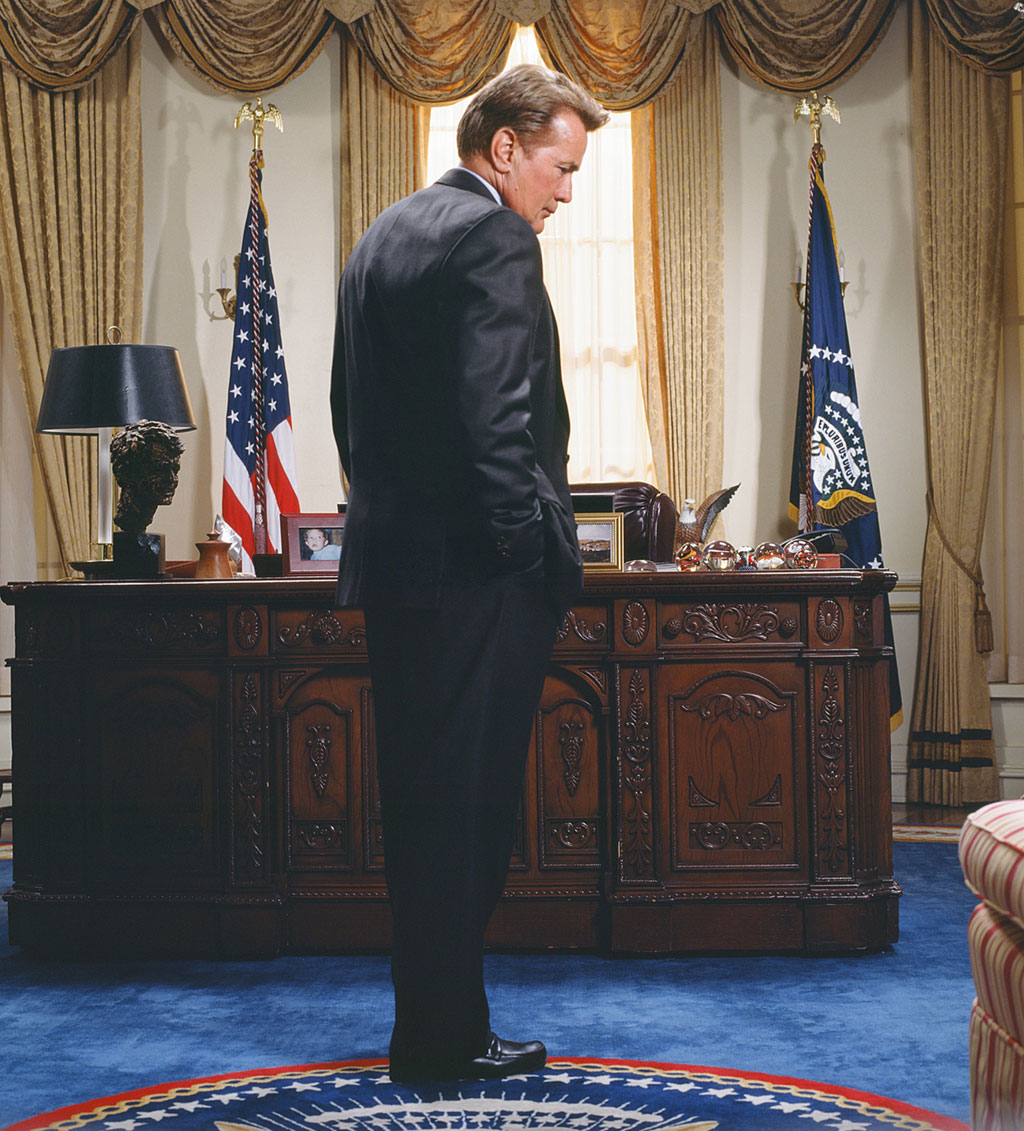
POTUS
Acronym for President of the United States. Though it was coined by FDR and batted around in the media as early as the Reagan years, West Wing creator Aaron Sorkin takes credit for bringing it into common usage.
First said in: Episode 1, “Pilot,” (9/22/99).
This article appears in our July 2016 issue of Washingtonian.

